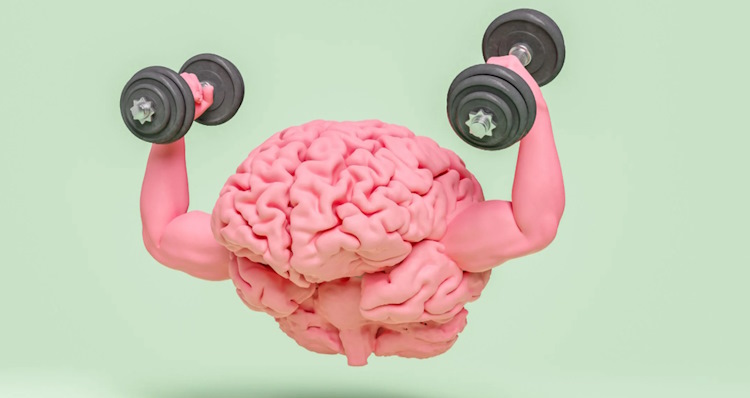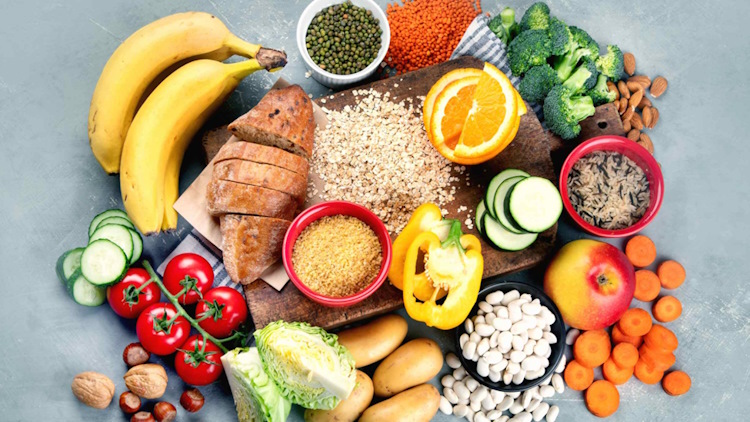Unveiling the stealthy power of protein: The hidden thermogenic effect
In the world of fitness and nutrition, the term “thermogenic effect” is often associated with fat burners and intense workouts. However, there’s a silent hero in the nutrition realm that plays a pivotal role in this process – protein. Beyond its well-known muscle-building capabilities, protein possesses a hidden thermogenic effect that can significantly impact your metabolism and contribute to a more efficient calorie burn.
To understand this covert operation within our bodies, we first need to delve into the fascinating world of thermogenesis. Thermogenesis refers to the process by which our bodies generate heat. It’s a vital component of our metabolic rate, and the higher our metabolic rate, the more calories we burn. Enter protein, the undercover agent in our metabolic saga.
Protein’s Covert Operation in Digestion
Proteins are composed of amino acids, the building blocks of life. When we consume protein-rich foods, our bodies initiate a complex series of reactions to break down these proteins into individual amino acids. This process, known as protein digestion, is not as simple as it sounds. It requires energy, and this energy expenditure is where the hidden thermogenic effect of protein comes into play.
Unlike fats and carbohydrates, protein has a higher thermic effect of food (TEF). TEF is the amount of energy our bodies expend to digest, absorb, and process the nutrients from the food we eat. Protein boasts a TEF of approximately 20-30%, while fats and carbohydrates lag behind at 5-10%. In other words, when you consume 100 calories of protein, your body expends 20 to 30 calories just to digest and assimilate it. This elevated thermic effect is a game-changer in the quest for efficient calorie burning.
Protein as Premium Fuel
But the protein plot thickens. Beyond the immediate calorie burn during digestion, protein has another trick up its sleeve – the preservation of lean body mass. Muscle tissue is metabolically active, meaning it burns calories even at rest. When you consume an adequate amount of protein, your body is better equipped to maintain and build lean muscle mass, contributing to a higher resting metabolic rate.
Picture your body as a sleek, high-performance engine. Protein is the premium fuel that not only revs up the engine during digestion but also ensures that the engine runs efficiently and effectively, even when idle. This dual-action – the thermic effect during digestion and the muscle-preserving effect – gives protein a unique edge in the world of metabolism.
Metabolic Advantage Beyond Weight Management
Now, let’s explore how this hidden thermogenic effect of protein plays a role in weight management. Studies have shown that diets higher in protein can lead to greater feelings of satiety and a reduced overall caloric intake. This satiating effect of protein can be attributed to various factors, including its impact on hormones like ghrelin and peptide YY, which regulate hunger and fullness.
When you consume a meal rich in protein, you’re not just satisfying your taste buds; you’re sending signals to your brain that you’ve had a substantial and fulfilling meal. This reduces the likelihood of mindless snacking and overeating, ultimately contributing to a caloric deficit – a key factor in weight loss.
Moreover, the metabolic advantage of protein doesn’t stop at weight management. Some studies suggest that a higher protein intake may enhance fat loss while preserving lean body mass during calorie restriction. This is a crucial distinction, as losing muscle mass along with fat can lead to a slower metabolism and increased likelihood of regaining lost weight.
To fully unlock the potential of the hidden thermogenic effect of protein, it’s essential to incorporate a variety of protein sources into your diet. Animal sources like lean meats, poultry, fish, and eggs provide complete proteins with all essential amino acids. Plant-based options like beans, lentils, tofu, and quinoa offer valuable protein as well, although they may lack certain amino acids found in animal products.
Protein is not just a muscle-building macronutrient; it’s a silent architect of your body’s metabolic orchestra. Its hidden thermogenic effect goes beyond the numbers on a nutrition label, influencing how efficiently your body burns calories, manages weight, and preserves lean muscle mass. So, the next time you savor a delicious protein-rich meal, remember that you’re not just fueling your body – you’re unleashing the covert power of protein, turning your metabolism into a well-oiled machine.









